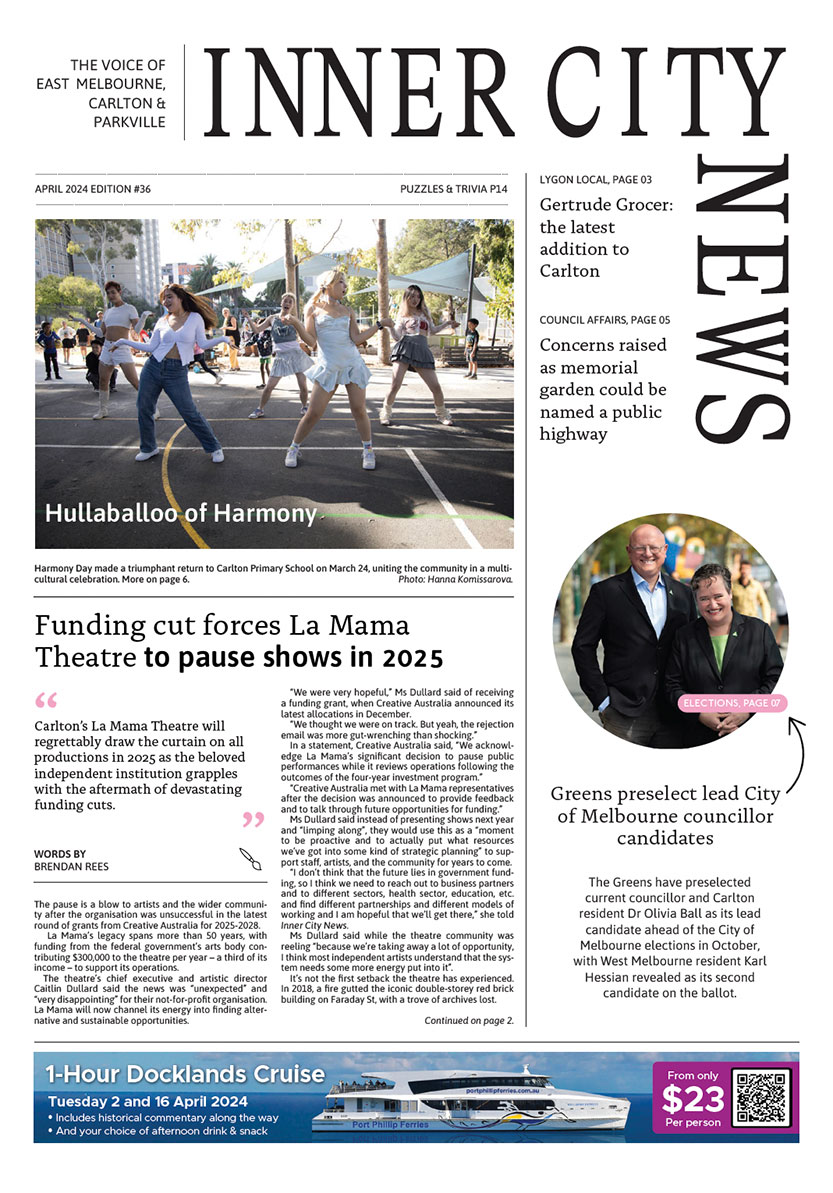When police cars first got radios
In the 19th and early 20th centuries, a policeman patrolling the inner suburbs of Melbourne could only call for assistance or report a crime if he could reach a telephone or call-box.
Signalling to other officers nearby could only be done by shouting or using a whistle.
By the time of the First World War, the Victoria Police had access to patrol cars, but these were few in number, only operated at night, and initially were not equipped with radios. It was not until around 1923 that the first police car in Melbourne was equipped with a radio receiver (see photo).
This was the latest in police technology – a patrolling car able to receive messages from headquarters while roaming the streets at night.
A radio receiver in those days was a bulky piece of equipment and took up considerable space in the back seat of the car. It could only receive messages (in Morse code) but not send them.
A newspaper report of the time described how it worked:
“A powerful touring car slips along decorously in the early morning quiet of Melbourne. Externally it is the property of some eminently respectable suburbanite homeward-bound. Inside it, beside the driver, are a dog and four men, one of whom wears a leather helmet and wireless headgear. The headgear buzzes. Dot — Dash — Dash — Dot. ‘Thieves in warehouse, Lygon St, Carlton’, the operator reads. At a word the driver accelerates, and the rest of the message is taken at 50 miles an hour. The wireless police patrol, which nightly guards thousands of lives and millions of pounds worth of property, is on the job.”
The article informed us that the average time taken by the “night wireless patrol” as it was called, to get to the scene of a crime was only four-and-a-half minutes, and speed limits were no problem as the patrol car was allowed to break them.
Because they were so bulky and heavy, these early police radio systems could only be used in cars and in buildings. Officers patrolling the streets on foot still had to rely on telephones and call boxes. However, by the 1960s the technology had improved to the extent that all officers could be provided with small and light portable radios. •

Carlton language school championed by Ukrainian refugee



 Download the Latest Edition
Download the Latest Edition